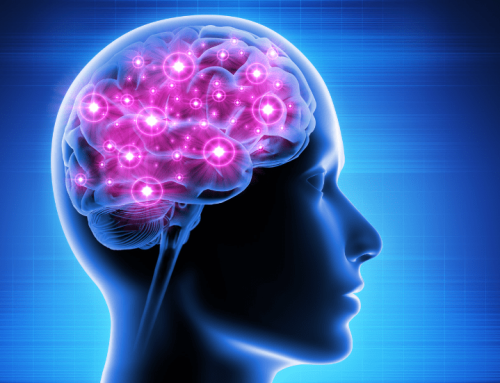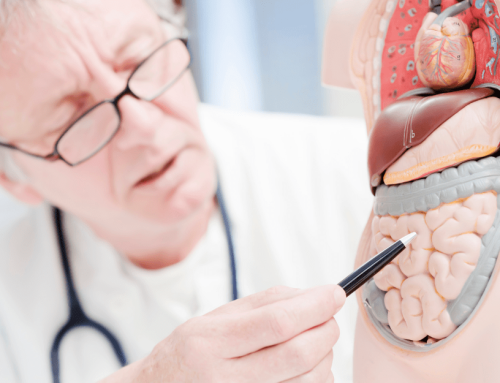Simunovic Z, Trobonjaca T, Trobonjaca Z.
Laser Center, Locarno, Switzerland. tzlatko@mamed.medri.hr
Abstract
BACKGROUND AND OBJECTIVE:
Among the other treatment modalities of medial and lateral epicondylitis, low level laser therapy (LLLT) has been promoted as a highly successful method. The aim of this clinical study was to assess the efficacy of LLLT using trigger points (TPs) and scanner application techniques under placebo-controlled conditions.
STUDY DESIGN/MATERIAL AND METHODS:
The current clinical study was completed at two Laser Centers (Locarno, Switzerland and Opatija, Croatia) as a double-blind, placebo controlled, crossover clinical study. The patient population (n = 324), with either medial epicondylitis (Golfer’s elbow; n = 50) or lateral epicondylitis (Tennis elbow; n = 274), was recruited. Unilateral cases of either type of epicondylitis (n = 283) were randomly allocated to one of three treatment groups according to the LLLT technique applied: (1) Trigger points; (2) Scanner; (3) Combination Treatment (i.e., TPs and scanner technique). Bilateral cases of either type of epicondylitis (n = 41) were subject to crossover, placebo-controlled conditions. Laser devices used to perform these treatments were infrared (IR) diode laser (GaAlAs) 830 nm continuous wave for treatment of TPs and HeNe 632.8 nm combined with IR diode laser 904 nm, pulsed wave for scanner technique. Energy doses were equally controlled and measured in Joules/cm2 either during TPs or scanner technique sessions in all groups of patients. The treatment outcome (pain relief and functional ability) was observed and measured according to the following methods: (1) short form of McGill’s Pain Questionnaire (SF-MPQ); (2) visual analogue scales (VAS); (3) verbal rating scales (VRS); (4) patient’s pain diary; and (5) hand dynamometer.
RESULTS:
Total relief of the pain with consequently improved functional ability was achieved in 82% of acute and 66% of chronic cases, all of which were treated by combination of TPs and scanner technique.
CONCLUSIONS:
This clinical study has demonstrated that the best results are obtained using combination treatment (i.e., TPs and scanner technique). Good results are obtained from adequate treatment technique correctly applied, individual energy doses, adequate medical education, clinical experience, and correct approach of laser therapists. We observed that under- and overirradiation dosage can result in the absence of positive therapy effects or even opposite, negative (e.g., inhibitory) effects. The current clinical study provides further evidence of the efficacy of LLLT in the management of lateral and medial epicondylitis.






